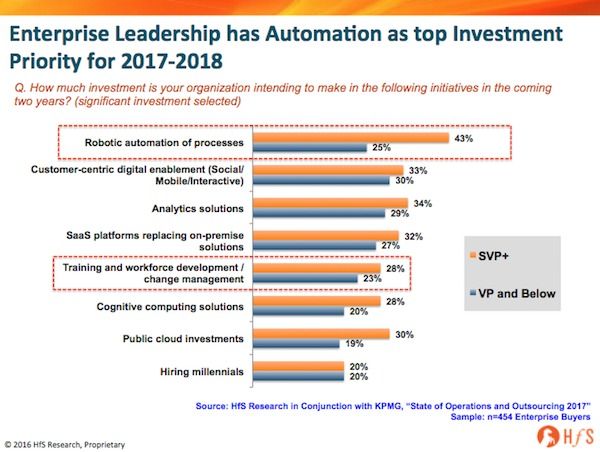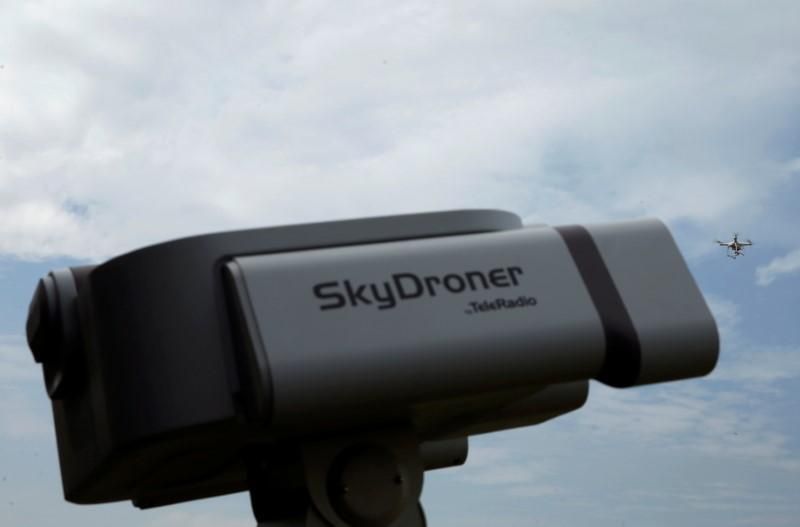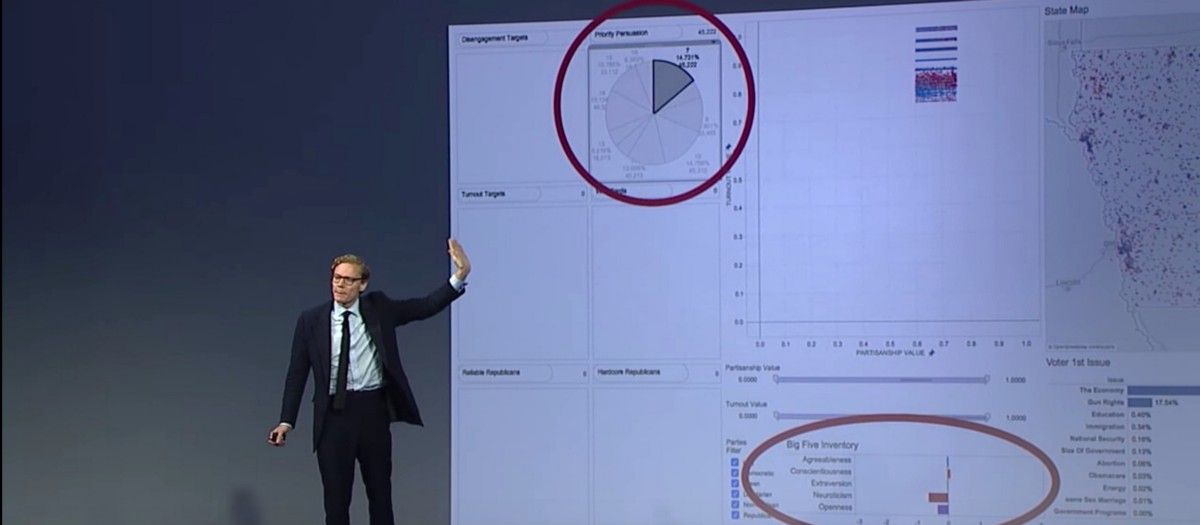Page 10582
Jan 3, 2017
Dog fight: Start-ups take aim at errant drones
Posted by Dan Kummer in categories: drones, government, robotics/AI
N” A boom in consumer drone sales has spawned a counter-industry of start-ups aiming to stop drones flying where they shouldn’t, by disabling them or knocking them out of the sky.
Dozens of start-up firms are developing techniques — from deploying birds of prey to firing gas through a bazooka — to take on unmanned aerial vehicles (UAVs) that are being used to smuggle drugs, drop bombs, spy on enemy lines or buzz public spaces.
The arms race is fed in part by the slow pace of government regulation for drones.
Continue reading “Dog fight: Start-ups take aim at errant drones” »
Convinced by the awesome performance of electric motor technology Kreisel Electric is developing various projects for aerospace, marine, road and terrain.
Jan 2, 2017
Computing at Light Speed: The World’s First Photonic Neural Network Has Arrived
Posted by Andreas Matt in categories: information science, mathematics, robotics/AI
In Brief
- Princeton University researchers have developed the world’s first integrated silicon photonic neuromorphic chip, which contains 49 circular nodes etched into semiconductive silicon.
- The chip could complete a math equation 1,960 times more quickly than a typical central processing unit, a speed that would make it ideal for use in future neural networks.
As developments are made in neural computing, we can continue to push artificial intelligence further. A fairly recent technology, neural networks have been taking over the world of data processing, giving machines advanced capabilities such as object recognition, face recognition, natural language processing, and machine translation.
These sound like simple things, but they were way out of reach for processors until scientists began to find way to make machines behave more like human brains in the way they learned and handled data. To do this, scientists have been focusing on building neuromorphic chips, circuits that operate in a similar fashion to neurons.
Continue reading “Computing at Light Speed: The World’s First Photonic Neural Network Has Arrived” »
Jan 2, 2017
Amino Labs present the Amino
Posted by Karen Hurst in categories: bioengineering, biological, education

Amino is a bioengineering platform that allows anyone to learn and create with synthetic biology and bioengineering, at home, school or in the lab!
Find us on Indiegogo http://igg.me/at/amino
Jan 2, 2017
Incidence of thyroid cancer on the rise
Posted by Karen Hurst in categories: biotech/medical, health
The incidence of thyroid cancer has tripled in the past three decades, yet the reason for this is not clear.
Dr. David Goldenberg, chief of otolaryngology and head and neck surgery at Penn State Health Milton S. Hershey Medical Center, notes the diagnostic tools are better, but he can’t get behind recent talk of over-diagnosis as the sole cause for the increase.
“The press that has been given to this is an oversimplification,” Goldenberg said. “What we should be concentrating on is not only why we are discovering more of it, but also which of these newly discovered thyroid cancers are the ones that will kill someone.”
Jan 2, 2017
Let’s cut to the chase – there have never been times as uncertain as these in the world of business
Posted by Karen Hurst in categories: business, robotics/AI, singularity
There is no written rule-book to follow when it comes to career survival. The “Future of Work” is about making ourselves employable in a workforce where the priority of business leaders is to invest in automation and digital technology, more than training and developing their own workforces.
As our soon-to-be-released State of Operations and Outsourcing 2017 study, conducted in conjunction with KPMG across 454 major enterprise buyers globally, shows a dramatic shift in priorities from senior managers (SVPs and above), where 43% are earmarking significant investment in robotic automation of processes, compared with only 28% placing a similar emphasis on training and change management. In fact, the same number of senior managers are as focused on cognitive computing as their own people … yes, folks, this is the singularity of enterprise operations, where cognitive computing now equals employees’ brains when it comes to investment!

A very seductive hypothesis: did Cambridge Analytica use its psychographics profiles to find the audience for our post-truth world? Did they target gullible voters on behalf of Trump’s campaign? Why is a Cambridge Analytica employee reading about the Need for Cognition Scale?
In a remarkable paper (summarised here), Fording and Schram analysed some survey results from January 2016 and highlighted the disproportionate support for Trump among “low-information voters”. They define those as voters who either score low in political knowledge or low on the so-called Need for Cognition Scale. The latter criterion means that they tend to make decisions based on heuristics rather than by thinking through the issue methodically. Of course, the two factors correlate: if you don’t think much about politics, you are unlikely to know a lot about it and vice-versa.[1]
Fording and Schram went on to assess the preference for Trump or Clinton segmented through those criteria. Because the data was collected in January, this is not expressed as a vote preference, but as a “warmth index” (or a difference of warmth), in the Y-axis.
Continue reading “Microtargeting of low-information voters” »
Jan 2, 2017
How To Use Your Brain’s ‘Delete Button’ And Improve Your Learning Skills
Posted by Karen Hurst in category: neuroscience
 There’s an old saying in neuroscience: “neurons that fire together wire together.” This means the more you run a neuro-circuit in your brain, the stronger that circuit becomes. This is why, to quote another old saw, “practice makes perfect”. The more you practice piano, or speaking a language, or juggling, the stronger those circuits get.
There’s an old saying in neuroscience: “neurons that fire together wire together.” This means the more you run a neuro-circuit in your brain, the stronger that circuit becomes. This is why, to quote another old saw, “practice makes perfect”. The more you practice piano, or speaking a language, or juggling, the stronger those circuits get.
 Scientists have known this for years. However, nowadays researchers learn another part of the truth: In order to learn something, even more important than practicing is the ability to unlearn, or to break down the old neural connections. This is called “synaptic pruning”.
Scientists have known this for years. However, nowadays researchers learn another part of the truth: In order to learn something, even more important than practicing is the ability to unlearn, or to break down the old neural connections. This is called “synaptic pruning”.
Jan 2, 2017
10 Things That Would Happen if Everyone Was a Literal Genius
Posted by Karen Hurst in category: neuroscience

Wonder how much this would be really true.
What would happen if everyone in the world had an IQ score over 200 points? This is a type of intelligence that only comes along every so often. An IQ level of 200 is as high, or higher, than the theoretical IQs of history’s greatest minds like Albert Einstein, Leonardo da Vinci, and Isaac Newton.














